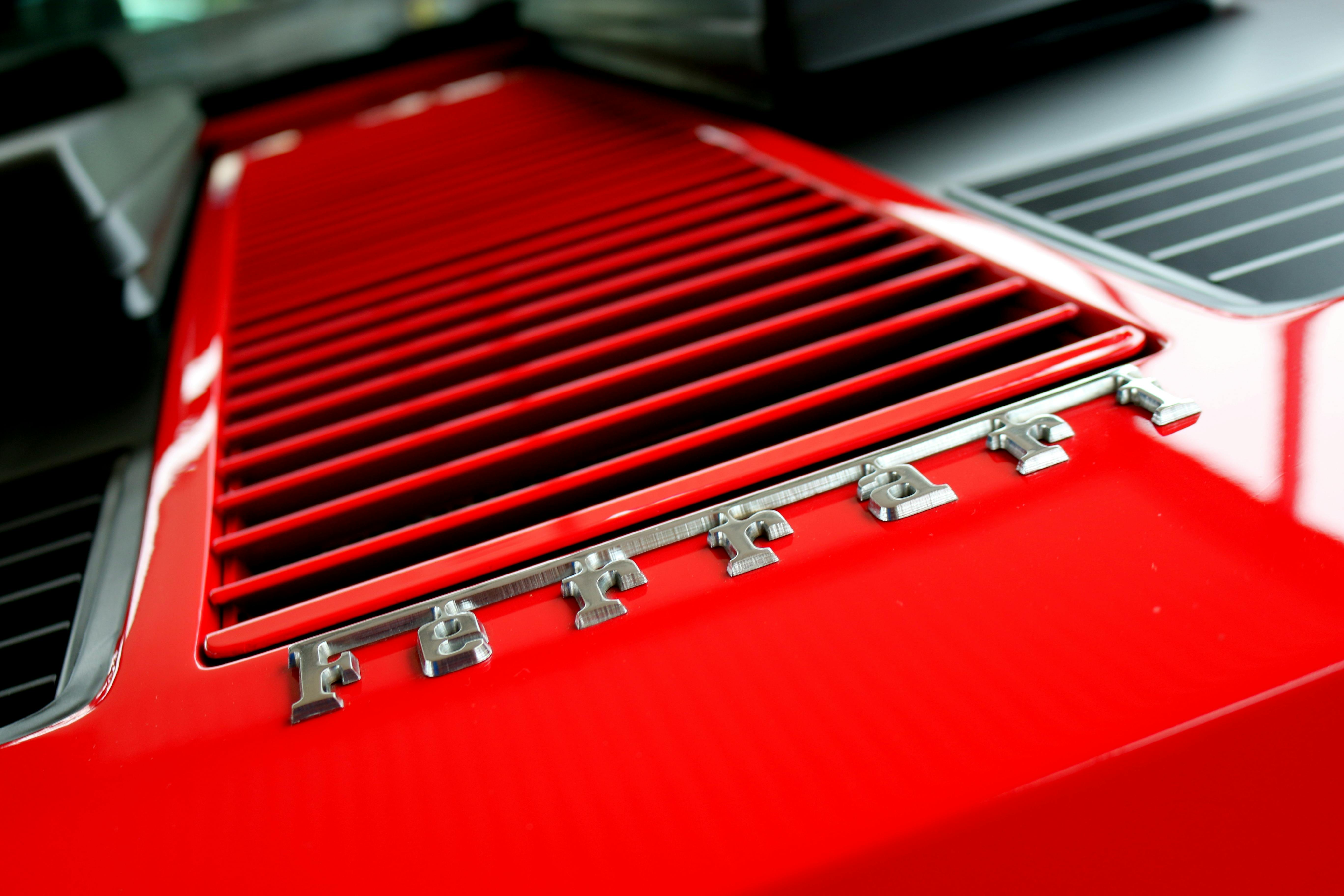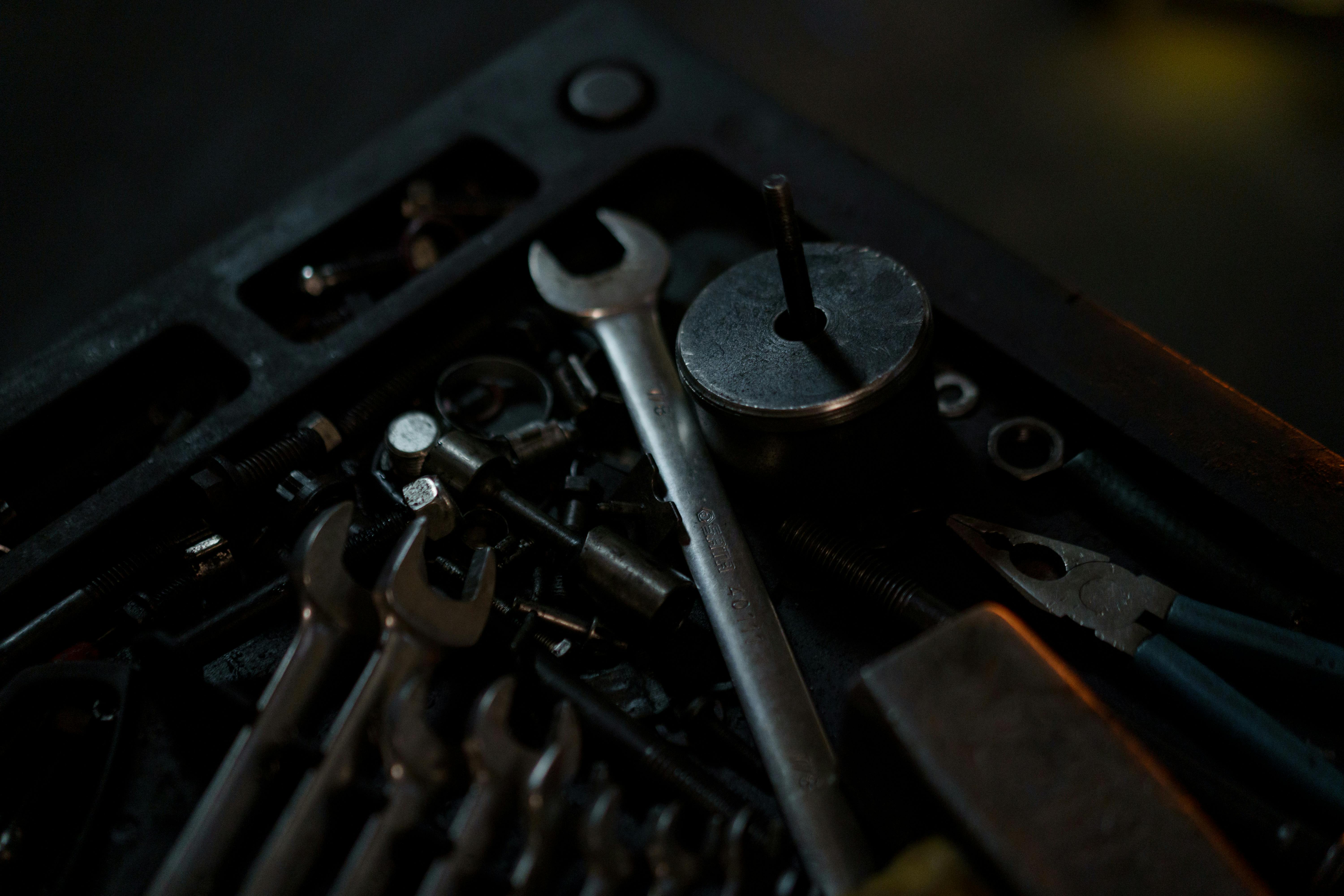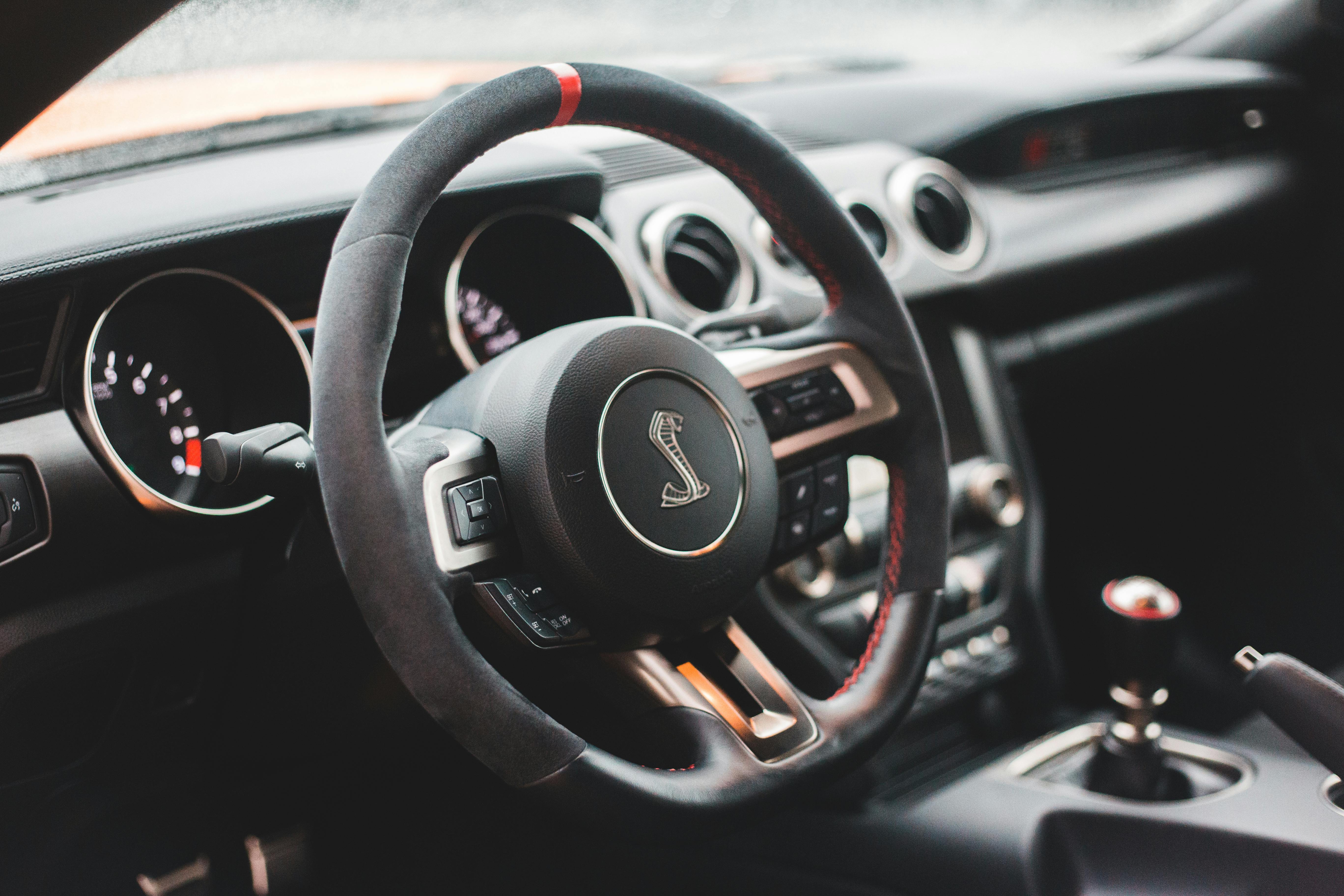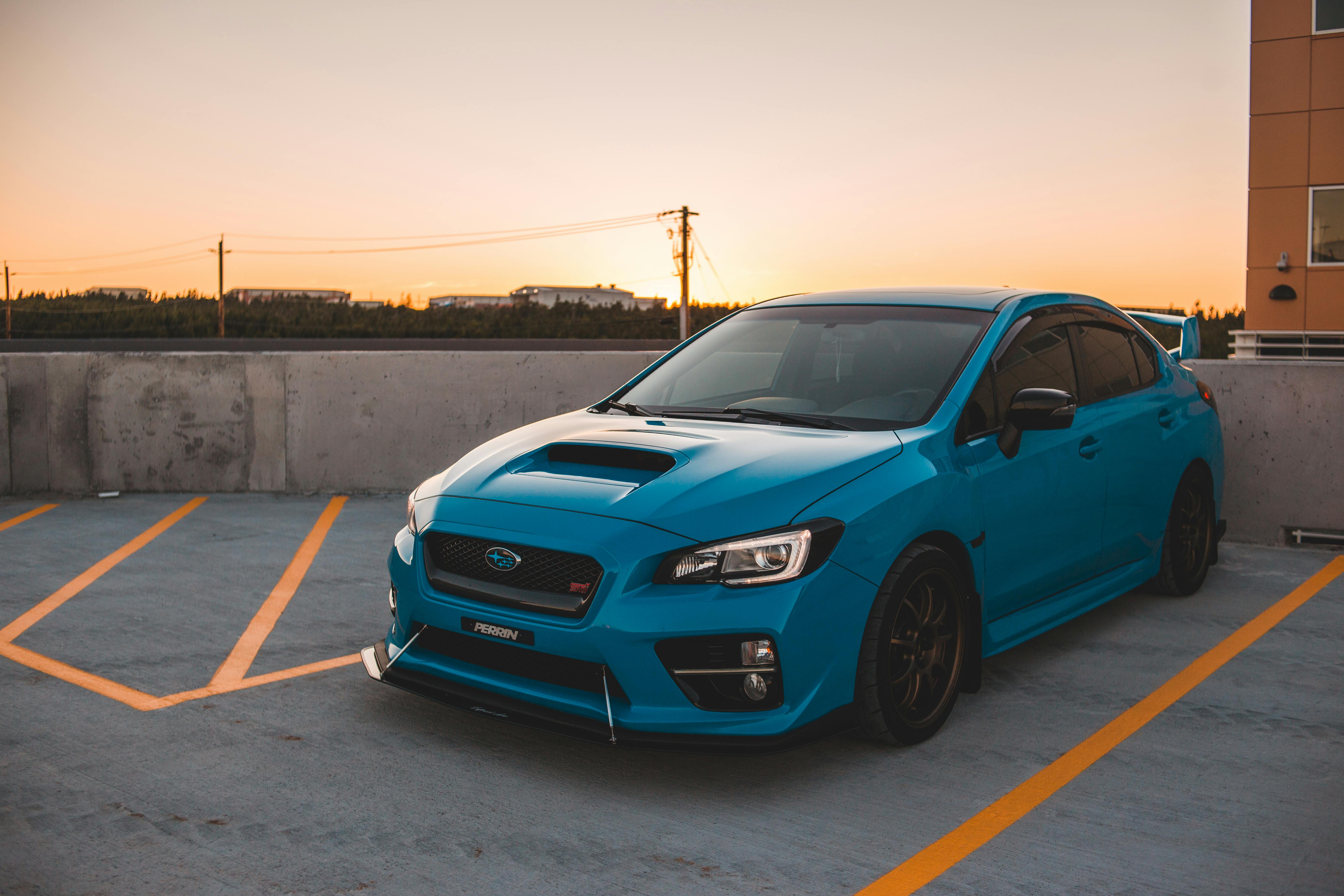1. Searching for houses and searching for apartments are two completely different animals and require different approaches. In apartments there is always another one available next week. In homes, each one is unique, and once rented it disappears. That’s why being prepared is especially important when you need a home. That’s particularly true of high-end or well-located homes.
2. Remember, you cannot open the door to see the place without a REALTOR or owner present. Thank goodness for the MLS (multiple listing service) you should be using to find you the perfect home. Choose the areas of the city you’d like to live in, and then search the database for available homes in your price range. You should take out about 80% of the houses for one reason or another just by doing this. The rest will focus on you and your real estate agents.
3. Unlike apartments, houses will require substantial deposits and do not accept checks or cash. They will want certified funds (money order, cashier’s check), so you may need to budget. Contrary to popular belief, most houses are owned by people like you and me, and not big investors. They are looking for people who pay on time and don’t trash the place. Can you blame them? On the one hand, they can be demanding, but unlike many apartments, they are usually realistic in their expectations. Each homeowner will have different requirements, and as a rule, the better the place, the more closely they will look at your overall credit score. REALTORS must work with the requirements of each individual landlord, as well as comply with the law.
4. Very few REALTORS rent, mainly because the commissions are very low and there is a lot more work involved compared to renting apartments or selling houses. So when you find one that specializes in leasing, it’s a huge advantage in your search for a new home. Please understand that they are not tour guides. It is very important that you are prepared. Houses rent very quickly, especially nice or well located properties. It gets very competitive. So when we look at:
1. Have all parties (lease signers) of the property look at the same time.
2. Have your funds ready and be prepared to make a decision.
When should I start looking?
Remember, apartments and houses require different strategies. You should start looking at the different houses available to you online no earlier than 30 days before you want to move. This will give you an idea of what is available in a given area. BUT there’s no point in searching because, unlike apartments, landlords won’t hold a house for you for more than a week or so. What you look at today will be gone in a month. It’s best to seriously consider places (to look physically) for rent only about two weeks before you intend to move. Unless specifically noted for pre-leasing, landlords generally accept the first qualified applicant with the earliest move-in date. That is why you must be prepared with your deposits and you must be ready to make a decision. The vast majority of people prefer to live in a house or duplex than in an apartment. That’s what makes it so competitive.
Management companies run most of the properties and are generally closed on weekends. Of course, you can search on the weekends, but you may not be able to do anything app-wise. Sometimes that’s a good thing, it gives you a break to think. If you’re from out of town, make sure you give yourself plenty of time.
Always have a backup of “stuff happens”, agents forget to remove MLS listing, lease on sight, owner changes mind about moving. Like I said, it’s not like looking at apartments. Again, one more reason, being prepared is vitally important.
What about my pets?
Many people move into a house so that the dog has a garden. However, many owners do not allow pets in their home. The MLS will usually itemize pet policies and deposits typically range from $300-$500. Sometimes they let you split it. They generally like smaller animals under 25 pounds, but this can vary quite a bit. And because it’s so individualized, it can depend on your credit and, of course, a credible case from your agent. If you have a pet, there is no point in looking for homes that do not accept it. You don’t want to commit a lot of your cash and waste a week only to be denied because you didn’t mention your dog.
Why you should use a REALTOR to find your next home.
1. While it’s true that driving around looking for houses to rent or sell can be a national pastime, understand that many of them are occupied. If the garage is closed and the shades are drawn, you may not be able to tell. Looking out someone’s bedroom window is usually a really bad idea and if they have a big dog…well…I know I wouldn’t want to be on that bus.
2. You can’t open the door and if you cancel the sign, then you’re still on…another agent program, (“I’ll be right there, let me pick up the kids at school and drop this movie off at Blockbuster”) It’s infinitely easier and obviously smarter to have a dedicated person there and able to open any and all doors for you today.
3. The MLS has virtually every property for rent in your city. By researching and doing your homework online beforehand and talking to your REALTOR, you can eliminate the 80% of properties that don’t work for you. That will save you hours of mindless driving. and above all, eliminate the problem of losing the street where the perfect house for you is located.
The system a real estate agent uses to find you the perfect home is robust, efficient, and will save you a lot of time, money, and frustration. Plus it’s fun and interesting! However, it requires a lot of work on the part of real estate agents. Please be considerate of your REALTOR. They work only on commission.








